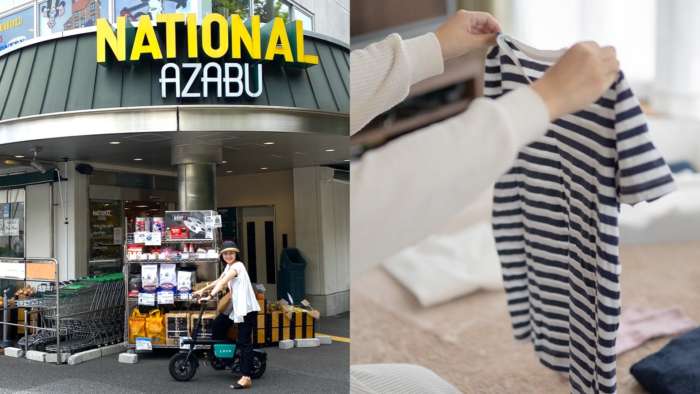Koromogae (Seasonal Change of Clothing) 衣替え
As the seasons change from spring to summer, people put away their warmer clothing and take out their lighter, thinner clothing. Some families even use different furniture and household utensils.

Although things have changed considerably from the days when kimonos were worn every day, the custom of changing clothes according to the season still continues.
Schools and workplaces with uniforms also have the custom of changing clothes. Jackets are removed, tops are changed from long-sleeved to short-sleeved, and bottoms are made of light, breathable fabrics such as linen. Also, depending on the industry, many workplaces are encouraging employees to wear no-ties or casual clothes to work only during this time of the year.
In very olden days, it was the custom at the royal court to change into summer attire on April 1 of the lunar calendar and back into winter on October 1. In later years, the Shogun issued precise regulations regarding dress to all samurai and ladies of the court. Commomn people as well were bound by the regulations.
During the Meiji period, the government established official dates for the seasonal change of clothing. To this day, it is still general practive to change from winter to summer clothes on June 1 and back to winter on October 1.
Seasonal Changes in the House
- Yoshido (葦戸) : Sliding door made of reeds
- Hanagoza (花茣蓙):Colorful rush matting to lay on top of tatami
- Kayari (蚊遣り) : Mosquito coils burn in holders of various shapes
- Uchiwa (団扇) : Round flat fan
- Kaya (蚊帳) : Mosquito netting is rarely used in Japan nowadays but until dairly recently people slept under these nets during summer.
- Natsu-noren (夏暖簾) : Noren are long divided curtains often hung in the entryways of shops and restaurants. During the summer, many shop owners noren made of linen or other light babrics.
Memo:
Are you interested in more about Japanese culture & events? Check here!










